Filter by
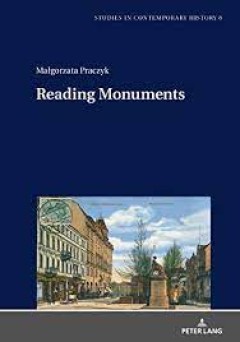
Reading Monuments A Comparative Study of Monuments in Poznań and Strasbourg…
This book tells the story of monuments in two cities that share a parallel and turbulent history: Strasbourg and Poznan. With the Franco-Prussian War begins the well-known story of the destruction and erection of memorials. This book not only explains the mechanisms related to how memorials have functioned in the past, but also contributes to our understanding of current modes of their percepti…
- Edition
- -
- ISBN/ISSN
- 9783653071481
- Collation
- -
- Series Title
- -
- Call Number
- -
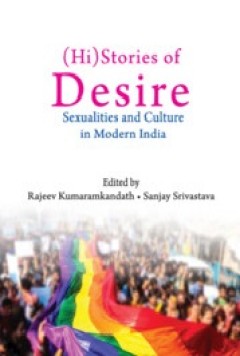
(Hi)Stories of Desire: Sexualities and Culture in Modern India
(Hi)Stories of Desire situates questions of sexuality in the larger domain where they are conditioned by and, in turn, also condition historically and culturally produced landscapes of being, doing and desiring. The book draws upon multi-disciplinary frameworks of analysis - including history, anthropology, literary studies, queer studies and psychoanalysis - to provide a pan-Indian account of …
- Edition
- -
- ISBN/ISSN
- 9781108637770
- Collation
- -
- Series Title
- -
- Call Number
- -

Theory and Practice in the Bioarchaeology of Care
This book provides the first comprehensive introduction to, and explanation of, the theory and practice of the ‘bioarchaeology of care’, an original, fully theorised and contextualised case study-based approach designed to identify and interpret cases of care provision in prehistory. The applied methodology comprises four stages of analysis, each building on the content of the preceding on…
- Edition
- -
- ISBN/ISSN
- 978-3-319-18860-7
- Collation
- -
- Series Title
- -
- Call Number
- -
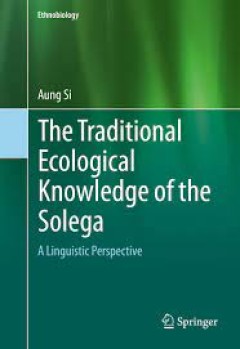
The Traditional Ecological Knowledge of the Solega A Linguistic Perspective
This book covers the ethnobiology and traditional ecological knowledge (TEK) of the Solega people of southern India. Solega TEK is shown to be a complex, inter-related network of detailed observations of natural phenomena, well-reasoned and often highly accurate theorizing, as well as a belief system, derived from cultural norms, regarding the relationships between humans and other species on t…
- Edition
- -
- ISBN/ISSN
- 978-3-319-24681-9
- Collation
- -
- Series Title
- -
- Call Number
- -
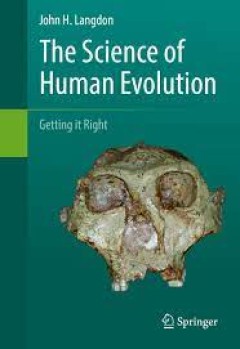
The Science of Human Evolution Getting it Right
This textbook provides a collection of case studies in paleoanthropology demonstrating the method and limitations of science. These cases introduce the reader to various problems and illustrate how they have been addressed historically. The various topics selected represent important corrections in the field, some critical breakthroughs, models of good reasoning and experimental design, and im…
- Edition
- -
- ISBN/ISSN
- 978-3-319-41585-7
- Collation
- -
- Series Title
- -
- Call Number
- -
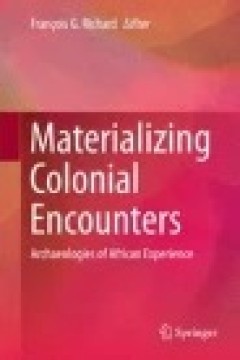
Materializing Colonial Encounters: Archaeologies of African Experience
This volume investigates the material production and expression of colonial experiences in Africa. It combines archaeological, historical, and ethnographic sources to explore the diverse pathways, practices, and projects constructed by Africans in their engagement with the forces of colonial modernity and capitalism. This volume is situated in ongoing debates in archaeological and anthropologic…
- Edition
- -
- ISBN/ISSN
- 978-1-4939-2633-6
- Collation
- -
- Series Title
- -
- Call Number
- -

Narrowed Lives : Meaning, Moral Value, and Profound Intellectual Disability
What is day-to-day life like for people with profound intellectual and multiple disabilities who live in group homes? How do they express their desires and wishes? How do care workers think about them and treat them? Do they have basic rights to activities most of us take for granted: activities like sociability, sexuality, and moral affirmation? Narrowed Lives is an illuminating portrait of wh…
- Edition
- -
- ISBN/ISSN
- 9789176351482
- Collation
- -
- Series Title
- -
- Call Number
- 150 VEH n
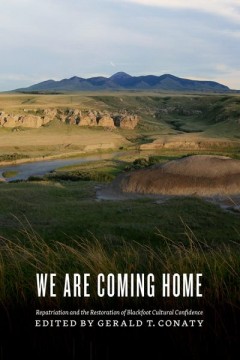
We Are Coming Home Repatriation and the Restoration of Blackfoot Cultural Co…
In 1990, Gerald Conaty was hired as senior curator of ethnology at the Glenbow Museum, with the particular mandate of improving the museum’s relationship with Aboriginal communities. That same year, the Glenbow had taken its first tentative steps toward repatriation by returning sacred objects to First Nations’ peoples. These efforts drew harsh criticism from members of the provincial gover…
- Edition
- Gerald T. Conaty
- ISBN/ISSN
- 9781771990172.01
- Collation
- -
- Series Title
- -
- Call Number
- -

We Are Coming Home Repatriation and the Restoration of Blackfoot Cultural Co…
In 1990, Gerald Conaty was hired as senior curator of ethnology at the Glenbow Museum, with the particular mandate of improving the museum’s relationship with Aboriginal communities. That same year, the Glenbow had taken its first tentative steps toward repatriation by returning sacred objects to First Nations’ peoples. These efforts drew harsh criticism from members of the provincial gover…
- Edition
- -
- ISBN/ISSN
- 9781771990172.01
- Collation
- -
- Series Title
- -
- Call Number
- 304 pages

Political Activist Ethnography Studies in the Social Relations of Struggle
Featuring research from Aotearoa (New Zealand), Bangladesh, Canada, Poland, South Africa, and the United States on matters as diverse as anti-poverty organizing, prisoners’ re-entry, anti-fracking campaigns, left-inspired think-tank development, non-governmental partnerships, involuntary psychiatric admission, and perils of immigration medical examination, contributors to this volume adopt a …
- Edition
- -
- ISBN/ISSN
- 9781771993999
- Collation
- -
- Series Title
- -
- Call Number
- 6 x 9, 304 pages
 Computer Science, Information & General Works
Computer Science, Information & General Works  Philosophy & Psychology
Philosophy & Psychology  Religion
Religion  Social Sciences
Social Sciences  Language
Language  Pure Science
Pure Science  Applied Sciences
Applied Sciences  Art & Recreation
Art & Recreation  Literature
Literature  History & Geography
History & Geography